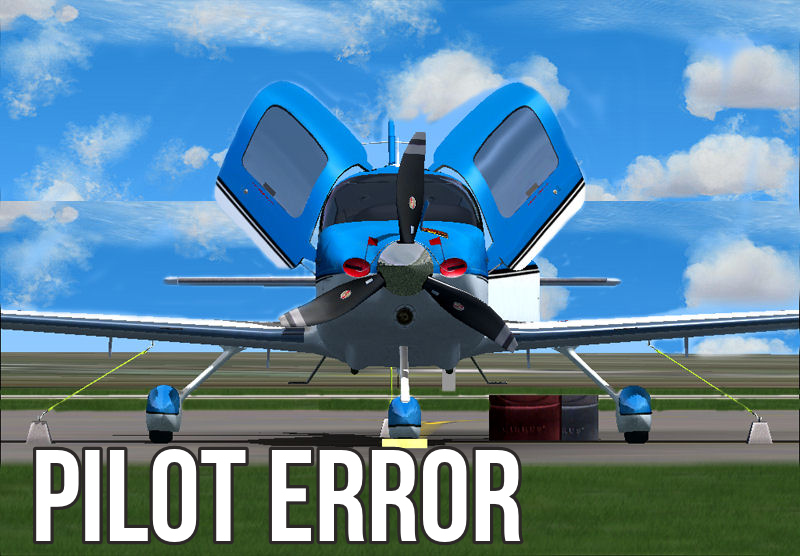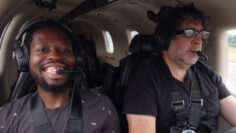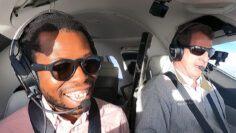
Pilot Errors And Aeronautical Decision Making Skills
In today’s video we cover a Cirrus accident that occurred this past week on May 31st 2018, where a Cirrus SR22 piloted by a student pilot went down and crashed shortly after takeoff. There are no complete report yet as to what really happened to the airplane as we’re still waiting on a complete NTSB report. That said, some information were shared about the Pilot in command and the passenger on board of the airplane.
Given the information we have from the accident report, we’ll use this opportunity to cover the importance of ADMS – Aeronautical Decision making skills. It’s the part of flying that is most correlated to safety. And as a pilot, it is important that we all develop good decision making skills early on.
Now according to the accident reports, two things stand out.
1). The pilot/owner of the 2007 Cirrus SR22 airplane was only a student pilot. And their last endorsement was in April of 2013 (5 years ago)
2). There was a passenger onboard of the airplane.
First we should know that Student pilots have limitations to their privileges as pilot in command. They have to be endorsed by a certified flight instructor to operate an aircraft, and under no circumstances are they legally allowed to carry a passenger with them on a flight. Those 2 rules were broken in this accident. So we can assume that this was not an endorsed flight, because the pilot was carrying a passenger which is a no no. And the fact that they were carrying that passenger is also a no no. Unfortunately in this case, the passenger on board was the pilot’s 16 year old son. They both perished in the crash.

What does any these have to do with ADMS?
Well for one, we can adhere to the rules and legal limitations set by the FAA. Rules are there for several reasons and the most crucial one is to keep everyone safe. The pilot in this case did the opposite and jeopardized both his safety and the safety of everyone else.
Secondly, as pilots we need to build good habits early on. In this accident, we learned that the pilot had their student pilot endorsement over 5 years ago. That’s a really long time to just have a student pilot certificate while you own an aircraft. And not just any aircraft, a high performance aircraft like the Cirrus. Chances are the pilot may have broken the rules several time before last week. But because there is no one holding them accountable, they continue their bad habits. As we say in aviation; an accident usually is caused by a chain of events. The chain of events in this case is simply bad habits and decisions on the pilot’s part.
Thirdly, as pilots we also need to set our own rules. What I mean by that is that we set a limitation for ourselves based on our own skill level. If the FAA tells you that it’s legal to fly in low ceilings and low visibility weather, and you have never flown in that type of weather before. Please don’t do it. Keep your flights within your skill level and gain experience to fly your way up. It’s more safe to be a very skilled pilot but never put yourself in a situation where those skills have to be tested.
Last piece of nugget I will leave us with is this: When you’re starting out as a new pilot and you have a choice to train in a low entry airplane versus a high performance airplane, my advise is that you start out in a low entry or slower airplane. A high performance airplane like a Cirrus can be too much airplane to handle for new pilots. Be a student first and then fly your way up into a Cirrus.






